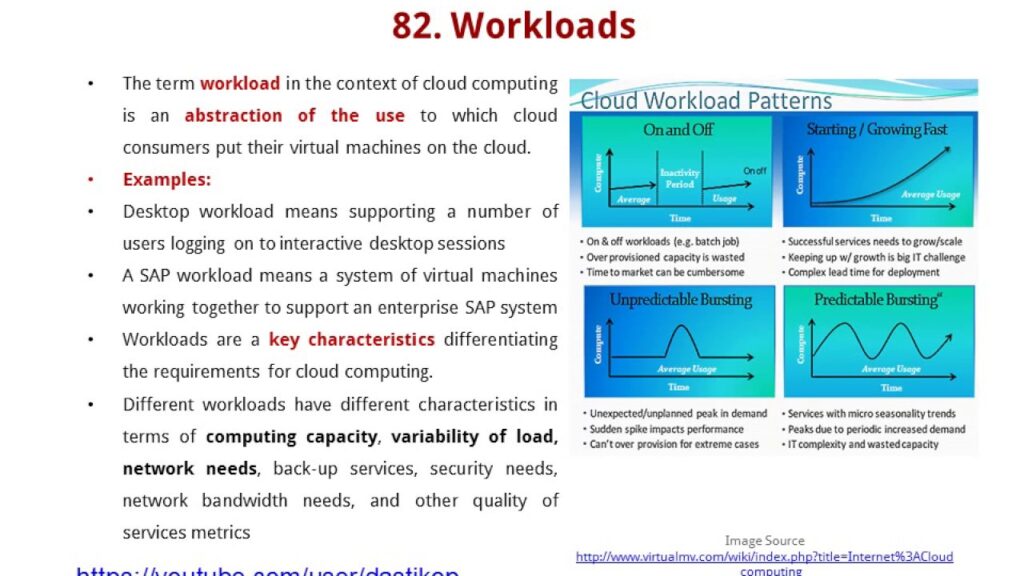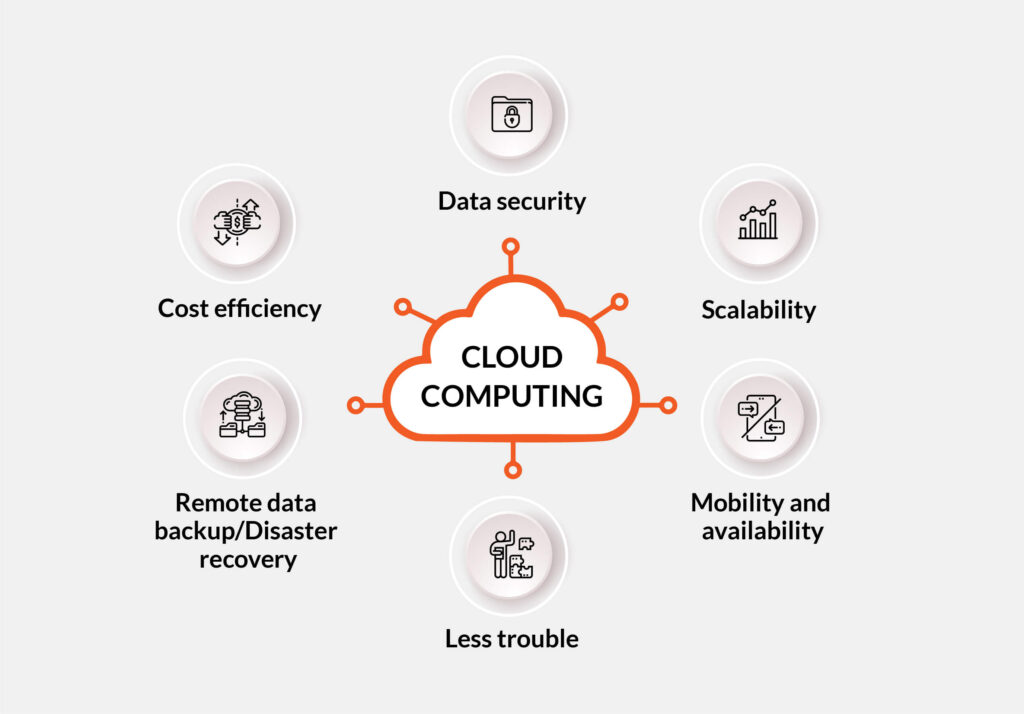The latest report on the ‘Data Centre Liquid Cooling Market – A Global and Regional Analysis: Focus on Product, Application, and Country Analysis – Analysis and Forecast, 2024-2034’ anticipates a robust Compound Annual Growth Rate (CAGR) of 23.96% in the market between 2024-2034. By 2034, the global data centre liquid cooling market is projected to reach a value of $48.42 billion, a significant increase from $5.65 billion in 2024.
The in-depth market analysis delves into various products, applications, and regional factors influencing the industry. It highlights key aspects such as challenges, drivers, and growth prospects in major regions like the US, South Korea, and Germany.
Despite hurdles such as high implementation costs and lack of standardization, liquid cooling technology remains pivotal in modern data centers. The rising heat densities from AI systems demand more efficient cooling solutions to ensure cost-effective operations.
The shift towards sustainable and energy-efficient cooling options is driving the adoption of liquid cooling systems, particularly in supporting high-performance computing clusters and large-scale data centers. Advanced cooling technologies like immersion and direct-to-chip cooling are expected to contribute significantly to market growth, offering enhanced cooling capabilities and energy efficiency.
The push for reducing carbon footprints and achieving net-zero objectives further fuels the demand for innovative cooling technologies. Liquid cooling systems have evolved to enhance operational reliability and capacity, with a focus on sustainable cooling fluids and flexible systems tailored for AI and 5G applications.
The hyperscale data center segment is poised to drive the procurement of liquid cooling technologies, as global enterprises prioritize scalable and energy-efficient computing solutions. Similarly, the telecom industry and BFSI sector are investing in liquid cooling to meet the escalating demands of data-heavy applications and paperless operations, respectively.
Rear Door Heat Exchangers (RDHX) emerge as a cutting-edge solution in the liquid cooling market, offering efficient heat management and energy consumption reduction. Research indicates that RDHX systems are superior in eliminating hotspots and ensuring uniform temperature distribution throughout data centers.
Efforts towards enhancing energy efficiency and sustainability in data centers are gaining momentum. Collaborative initiatives like Boyd’s partnership with NVIDIA and the US Department of Energy under the COOLERCHIPS program aim to develop highly efficient cooling technologies to minimize cooling energy consumption in data centers.
(Image: “Data Center” by Bob Mical is licensed under CC BY-NC 2.0.)
For more insights on data centers and cloud technology from industry experts, don’t miss the upcoming Cyber Security & Cloud Expo events in Amsterdam, California, and London.
Discover a range of upcoming enterprise technology events and webinars hosted by TechForge here.



